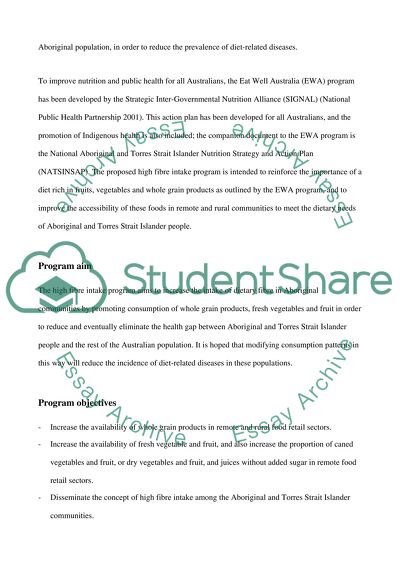Cite this document
(“Australian Food and Nutrition Policy Research Paper”, n.d.)
Australian Food and Nutrition Policy Research Paper. Retrieved from https://studentshare.org/miscellaneous/1518278-australian-food-and-nutrition-policy
Australian Food and Nutrition Policy Research Paper. Retrieved from https://studentshare.org/miscellaneous/1518278-australian-food-and-nutrition-policy
(Australian Food and Nutrition Policy Research Paper)
Australian Food and Nutrition Policy Research Paper. https://studentshare.org/miscellaneous/1518278-australian-food-and-nutrition-policy.
Australian Food and Nutrition Policy Research Paper. https://studentshare.org/miscellaneous/1518278-australian-food-and-nutrition-policy.
“Australian Food and Nutrition Policy Research Paper”, n.d. https://studentshare.org/miscellaneous/1518278-australian-food-and-nutrition-policy.


